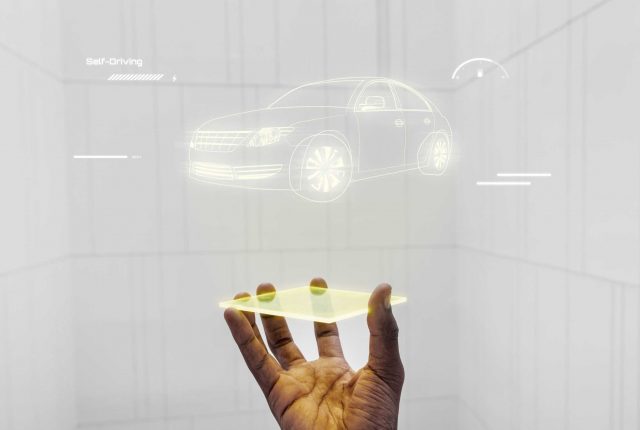
Vehicle Networking Industry Insights: A Comprehensive Technical Overview
The vehicle networking industry has witnessed remarkable growth in recent years, driven by the increasing demand for connectivity and the need for advanced safety features. With the emergence of smart cars, the focus has shifted towards developing robust and reliable networks that can support a range of advanced applications.
In this blog, we will cover all the important technical points of the vehicle networking industry, including its current state, key drivers, and future prospects.

Current State of the Industry
The vehicle networking industry is currently undergoing a major transformation, driven by advancements in communication technology and the growing adoption of smart cars. The rise of the Internet of Things (IoT) has enabled cars to connect to a range of devices and services, including other vehicles, smartphones, and the cloud.
This connectivity has opened up new possibilities for a range of applications, from infotainment and navigation to safety and security. Vehicle networking technologies are also being used to support emerging technologies such as autonomous driving, which rely on highly accurate and reliable data communication systems.
Key Drivers of the Industry
The vehicle networking industry is being driven by several key factors, including:
Safety and Security: The demand for advanced safety features is driving the development of new vehicle networking technologies that can support features such as collision avoidance, emergency braking, and lane departure warning.
Infotainment: The desire for connected and personalized in-car experiences is driving the development of new infotainment systems that can support features such as streaming media, social networking, and advanced voice assistants.
Autonomous Driving: The development of autonomous driving technology is driving the need for highly reliable and accurate data communication systems that can support real-time decision making and control.
Environmental Sustainability: The need for more sustainable transportation is driving the development of new vehicle networking technologies that can support features such as energy-efficient driving and smart charging.
Future Prospects
The vehicle networking industry is expected to continue to grow in the coming years, driven by the ongoing demand for connectivity and advanced safety features. The emergence of new technologies such as 5G and V2X (vehicle-to-everything) communication is expected to further enhance the capabilities of vehicle networking systems.
In addition, the increasing adoption of autonomous driving technology is expected to drive the development of new vehicle networking technologies that can support the complex data communication requirements of self-driving cars. This will require highly reliable and secure networks that can support real-time decision making and control.
Conclusion
The vehicle networking industry is at the forefront of the transformational changes taking place in the automotive sector. With the increasing demand for connectivity, safety, and sustainability, the industry is expected to continue to grow and evolve in the coming years. The development of new technologies and the increasing adoption of autonomous driving technology are expected to drive the development of new vehicle networking systems that can support a range of advanced applications.
Author
adminRelated posts
Enhancing Safety and Reliability in Vehicles: The Role of AUTOSAR Technology
The rise of connected cars has brought with it a new set of
Data Analytics Guide on Solutions for Medical Devices
In today’s world with the use of technology it is easy to overcome problems fa
Why Everyone must Embrace IOT in Property & Facility Services?
Whether it is at your home or a manufacturing plant everyone must embrace IOT in





